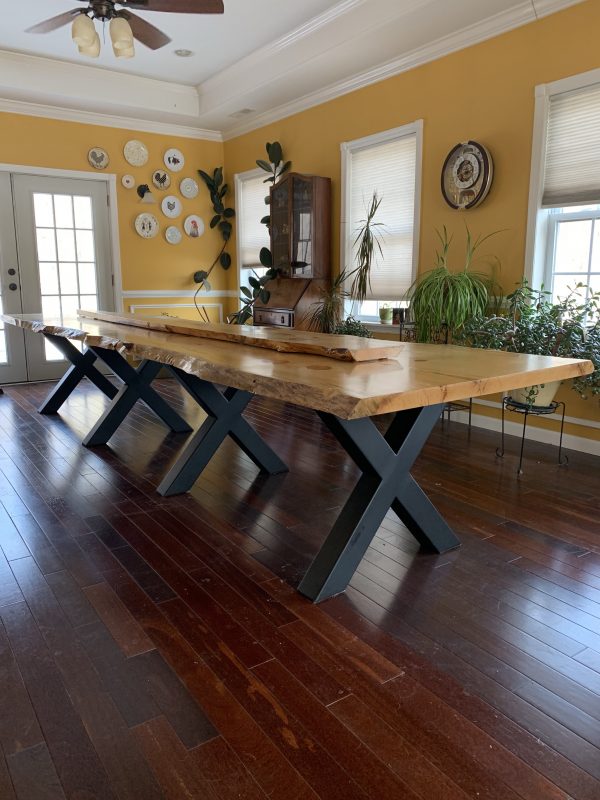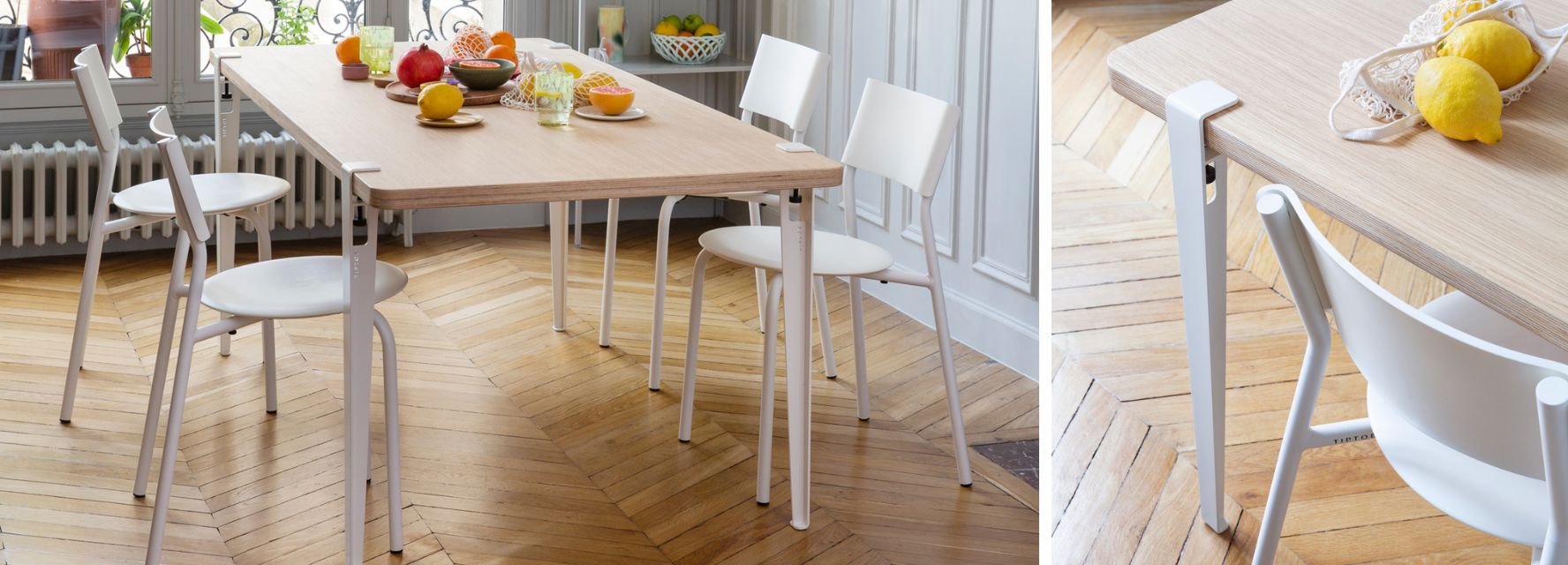The Best Materials for Durable and Elegant Dining Room Table Legs
Wiki Article
Exactly How to Choose the Perfect Eating Space Table Legs for Your Home Decor
Selecting the ideal eating room table legs is a nuanced procedure that requires mindful consideration of numerous elements, including your area constraints, visual choices, and practical requirements. The interaction between products, styles, and dimensions can considerably influence the atmosphere of your eating area, making it vital to approach this decision methodically.Assess Your Eating Area
Assessing your eating space is essential for selecting the right table legs that complement both visual appeals and capability. Begin by determining the dimensions of your eating area, consisting of ceiling height, floor room, and proximity to other furnishings. This details will certainly assist establish the appropriate size and height of your table, which directly influences the choice of table legs.Next, consider the style and design of your eating room. For circumstances, an open-concept layout might gain from table legs that supply aesthetic lightness, such as slim steel or acrylic choices. Conversely, an extra conventional setting may require durable wooden legs that provide a feeling of durability.
Examine the existing shade scheme and products in your dining area. Harmonizing the table legs with these elements creates a natural appearance that improves the overall decor. Additionally, consider the performance required in your room. If you frequently organize huge events, consider legs that give additional support and security.
Ultimately, an extensive evaluation of your dining space will certainly assist you in making a notified decision, ensuring that your table legs not just boost the visual allure however additionally serve functional purposes.
Consider Your Design Preferences
When picking dining room table legs, it is vital to assess your personal style choices, as they significantly affect the overall visual of your dining space. Your choice of table legs can either complement or contrast with existing decor, making it important to align them with your favored indoor design style.If your home leans towards a modern-day visual, think about sleek metal or minimalist wood legs that give a tidy, minimalist appearance. For a more typical technique, ornate wood legs with intricate makings can add a touch of style and sophistication. Industrial designs take advantage of durable, raw products such as reclaimed wood and metal mixes, showing a tough beauty.
Additionally, farmhouse and rustic designs frequently favor sturdy, chunky legs that stimulate a sense of warmth and comfort. Alternatively, if your design is diverse, you might choose unconventional shapes or a mix of products to develop visual rate of interest.

Evaluate Product Options
The option of product for dining space table legs plays a crucial duty in both resilience and aesthetic charm. Usual materials include timber, steel, and composite options, each offering distinct qualities that can influence the general appearance and long life of your table.Timber is a traditional selection, recognized for its warmth and versatility. Hardwoods like oak and walnut offer exceptional stamina and can be ended up in numerous spots to match any kind of style. Softwoods like pine are extra vulnerable to damages and scratches, making them less ideal for high-traffic areas.
Steel legs, commonly crafted from steel or aluminum, exhibit modernity and commercial beauty. They are extremely durable and resistant to put on, making them ideal for families with youngsters or her response constant events (dining room table legs). In addition, metal can be finished in numerous shades, boosting the modification possibilities
Composite materials, such as MDF or laminate, deal affordability and diverse designs. While generally less sturdy than strong wood or steel, they can still supply a stylish look and are usually simple to preserve.
Ultimately, the material you choose ought to align with your way of living, aesthetic preferences, and the level of usage your eating table will experience.
Determine Height and Size
Choosing the suitable elevation and dimension for your dining-room table is crucial for both capability and comfort. explanation The conventional height for eating tables normally ranges from 28 to 30 inches, enabling enough legroom for a lot of people when seated. It is important to take into consideration the dimensions of your dining space and the kinds of chairs you prepare to make use of.
In addition, think about the percentages of your dining area. A larger table in a large location can create a grand atmosphere, while a smaller table works well in more intimate setups. Eventually, the right height and size will certainly harmonize with your general style and boost the dining experience for you and your visitors.
Explore Personalization Opportunities

In addition, the design of the legs can be personalized to fit numerous styles, such as rustic, modern, or commercial. Tapered legs can stimulate a mid-century contemporary feel, while beefy, block-style legs might resonate with typical or farmhouse decor.
House owners can additionally check out shade surfaces, from all-natural timber spots to paint, enabling them to match or comparison with the tabletop and surrounding style.
In addition, leg elevation can be gotten used to suit certain seating setups or personal preferences, boosting both comfort and capability.
Last but not least, one-of-a-kind embellishments, such as makings or decorative braces, can further personalize the table legs, making the eating experience not just a meal yet a declaration piece in the home. By considering these customization alternatives, house owners can produce a dining-room table that genuinely reflects their individuality.
Verdict
Selecting the ideal dining-room table legs needs mindful consideration of various aspects, consisting of the measurements of the dining space, style choices, material resilience, and desired height. Personalization alternatives further enhance the capacity to achieve a natural visual that matches the general design. By methodically examining these aspects, home owners can make certain that the selected table legs not just fulfill functional requirements however also contribute positively to the eating experience and ambiance of the home.Picking the excellent dining space table legs is a nuanced procedure that calls for cautious factor to consider of numerous aspects, including your space constraints, visual choices, and functional requirements.Assessing your eating area is important for choosing the right table legs that enhance both aesthetics and capability.When figuring out size, determine the location where the table will be positioned to guarantee it fits easily, permitting for at the very least 36 inches of clearance around the table for very easy motion. A bigger table in a roomy area can produce a grand atmosphere, while a smaller table functions well in more intimate setups.Choosing the suitable dining area table legs needs cautious factor to consider of numerous elements, consisting of the dimensions of the eating space, design choices, product resilience, and preferred elevation.
Report this wiki page